Earlier this year, my friend Christian Askeland completed and defended successfully his doctoral thesis at the University of Cambridge. The title of his dissertation is “John’s Gospel: The Coptic Translations of Its Greek Text,” and it was already accepted for publication by a prestigious publishing house. Christian will soon have a guest post on this blog concerning a fragment from the Gospel of John in Fayyumic, which came to light recently.
The Askelands are living now in Münster, where Christian is pursuing a research project on the Sahidic version of the Apocalypse of John. This text occupies a special place among the Coptic translations of the New Testament books. Although Athanasius mentions the Apocalypse in a festal letter from 367 CE as part of the New Testament canon, the Egyptian authors were not very eager to quote it until a relatively late period. For example, in the 5th century, authors like Shenoute and Besa, his successor as archimandrite of the White Monastery, hardly ever cite the Apocalypse. It would be interesting if, in the future, somebody would study the reception of the Apocalypse of John in Egypt. Unfortunately, such a task might be difficult to accomplish since a good part of the Coptic literature relevant to this topic is still difficult to date.
Until this research will be done, it is good that somebody has taken over the systematic study of the Sahidic version of the Apocalypse. Although the early period of its transmission is hard to document since we lack manuscript evidences, for its later period the situation is different. We have quite a decent number of 9th to 10th century manuscripts, although all of them fragmentary. But even so, when put together, the pieces of the dismembered Apocalypse codices contain most of its text.
I will end this post by signaling a previously unidentified fragment of the Apocalypse in Coptic. Even though this new fragment does not contain a portion previously unattested, its variant readings should be nevertheless recorded.
The newly identified fragment is kept today in the National Library in Paris as BnF Copte 1318, f. 114.
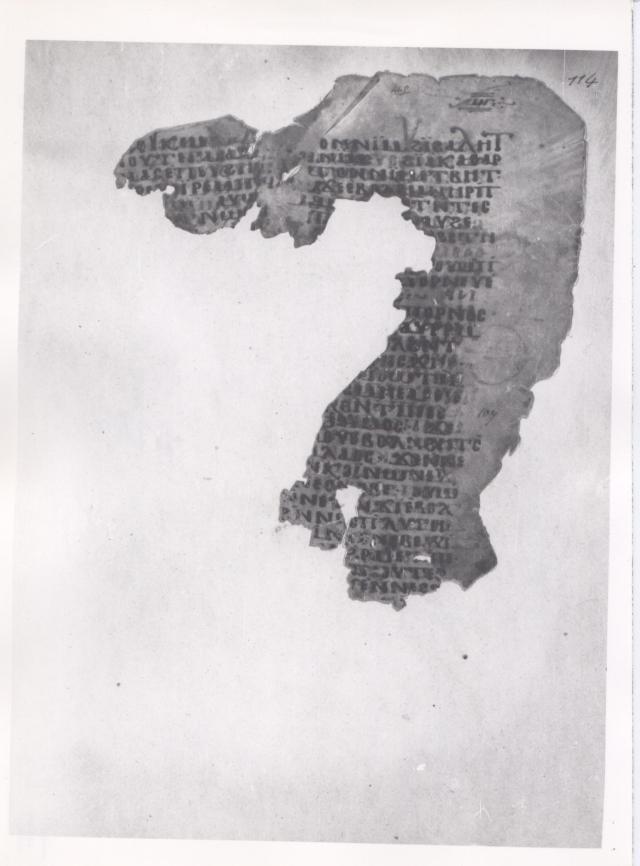 It is interesting to note that Paris BnF Copte 12911, f. 153 is another piece of the same parchment leaf (I owe this information to Prof. Karlheinz Schüssler). Here are the two fragments joined together:
It is interesting to note that Paris BnF Copte 12911, f. 153 is another piece of the same parchment leaf (I owe this information to Prof. Karlheinz Schüssler). Here are the two fragments joined together:
 The folio reconstructed above contains the text of Apocalypse 17:16-18:13. Other leaves from the same codex include: Vienna K 9153 and K 9853, Paris BnF Copte 12911, ff. 140 & 152, BnF Copte 1332, ff. 45, 45c, 63d, 75.
The folio reconstructed above contains the text of Apocalypse 17:16-18:13. Other leaves from the same codex include: Vienna K 9153 and K 9853, Paris BnF Copte 12911, ff. 140 & 152, BnF Copte 1332, ff. 45, 45c, 63d, 75.
I think that the inclusion of this fragment in the volume BnF Copte 1318, which is supposed to contain miscellaneous homiletic fragments, precluded its identification earlier. The Paris Coptic fragments were organized by Émile Amélineau in 39 massive volumes at the end of the 19th century. Ever since, his method of arranging these dismembered fragments has been criticized.
Amélineau decided to organize the fragments according to themes, a method which the Bollandist Paul Devos called once “étonnamment naïve.” With this idea in mind, he tried to order the mass of disparate fragments by reading them in a summary fashion. Father Devos commented upon the obvious dangers of such an enterprise:
What allows someone to distinguish beforehand a hagiographic work from a piece related to preaching, a sermon from an epistle or, again, an apocryphal writing from a simple homily? What at first sight seemed to come from an apocryphal gospel, did it not prove to belong to a discourse? Conversely, what seemed to derive, because of the tenure and form, from a homiletic writing, did it not appear to belong to an apocryphal legend or to the biography of some monk? The list of misunderstandings will not close very soon.[1]
I think it was precisely this “relativity” of Amélineau’s method (unfortunately still in fashion today) which allowed a Biblical fragment to be taken as a homiletic text.
[1] P. Devos, “Introduction” to E. Lucchesi, Répertoire des manuscrits coptes (sahidiques) publiés de la Bibliothèque Nationale de Paris (Cahiers d’orientalisme, 1; Geneva: Patrick Cramer, 1981) 10.









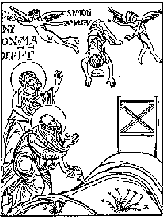




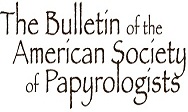
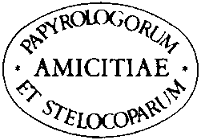
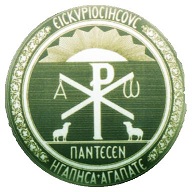





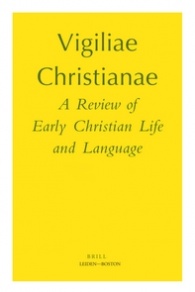






Pingback: From my diary at Roger Pearse
Pingback: Two Joint Fragments from the Proverbs of Solomon in Coptic and the Extinction of the White Monastery Library | Alin Suciu